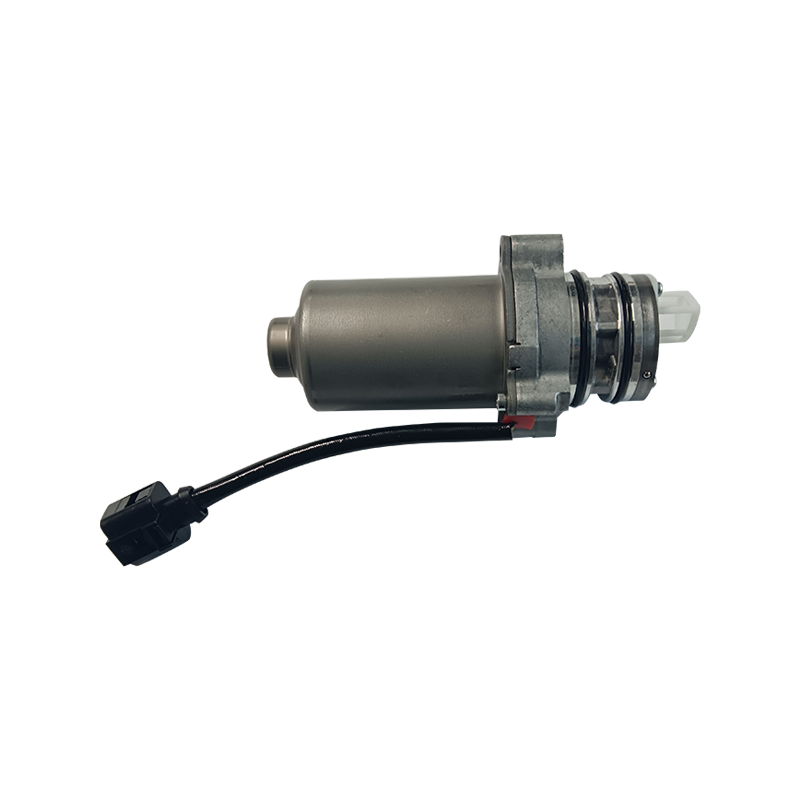BT001 Honda Accord Windshield Wiper Motor
Power Voltage 12V DC, 35W No-load Current Low speed ≦1.5A, high speed ≦2.0A No-loa...
View MoreOil Pump Motors play a crucial role in industrial and mechanical systems, ensuring the consistent flow of lubricants or hydraulic fluids. One of the key performance metrics for these motors is operational efficiency under varying load conditions. Stability in efficiency across different workloads directly impacts energy consumption, operational costs, and system reliability. Understanding how load variations affect motor performance helps engineers optimize motor selection and system design.

At light loads, Oil Pump Motors may operate at lower efficiency if the motor is oversized relative to the system’s requirements. Excess energy is consumed in overcoming internal friction, core losses, and mechanical resistance, which can reduce overall energy efficiency. However, well-designed motors maintain reasonable efficiency even under light load by reducing idle losses and employing energy-efficient materials. Properly matching motor capacity to typical operational loads ensures that energy wastage is reduced and performance remains stable during low-demand periods.
Oil Pump Motors typically achieve peak efficiency under medium load conditions, where the motor operates close to its rated capacity. In this range, electrical and mechanical losses are balanced, and the motor delivers suitable torque and flow without excessive heat generation. Maintaining stable efficiency at medium load is critical for continuous operation in industrial systems, where motors often operate near nominal conditions for extended periods. Engineers consider motor curves and load profiles to ensure that medium-load efficiency aligns with system requirements.
Under high load conditions, Oil Pump Motors face increased electrical current, mechanical stress, and thermal challenges. Efficiency can decrease if the motor overheats, experiences excessive friction, or operates near its mechanical limits. High load operation may also trigger protective mechanisms such as current limiting or thermal shutdown, temporarily reducing output. To maintain efficiency under these conditions, motors are designed with robust cooling systems, high-quality materials, and precision engineering to handle peak demands without compromising performance.
Several design factors influence how Oil Pump Motors perform under variable loads. Motor winding configuration, core material, rotor design, and bearing selection all contribute to energy losses and ensuring consistent torque delivery. Advanced designs may incorporate variable frequency drives or soft-start systems to optimize efficiency during load transitions. High-quality lubrication, sealed enclosures, and vibration reduction also help maintain stability and prevent efficiency drops across different operational scenarios.
Maintaining stable efficiency requires regular monitoring and preventive maintenance. Checking for wear on bearings, ensuring proper lubrication, and inspecting electrical connections help prevent performance degradation. Monitoring tools such as load sensors and thermal detectors allow operators to adjust operating conditions proactively, ensuring that Oil Pump Motors remain efficient across light, medium, and heavy load ranges. Proper maintenance prolongs service life and ensures predictable, stable performance.
Oil Pump Motors can maintain stable operational efficiency across different load conditions if they are designed, selected, and maintained correctly. Efficiency is influenced by motor size, load alignment, cooling systems, and high-quality materials. Light, medium, and heavy load performance must all be considered during motor selection to optimize energy use and maintain reliability. By combining thoughtful engineering with proper operational practices, operators can ensure that Oil Pump Motors deliver consistent performance, reduce energy waste, and support reliable industrial operation.